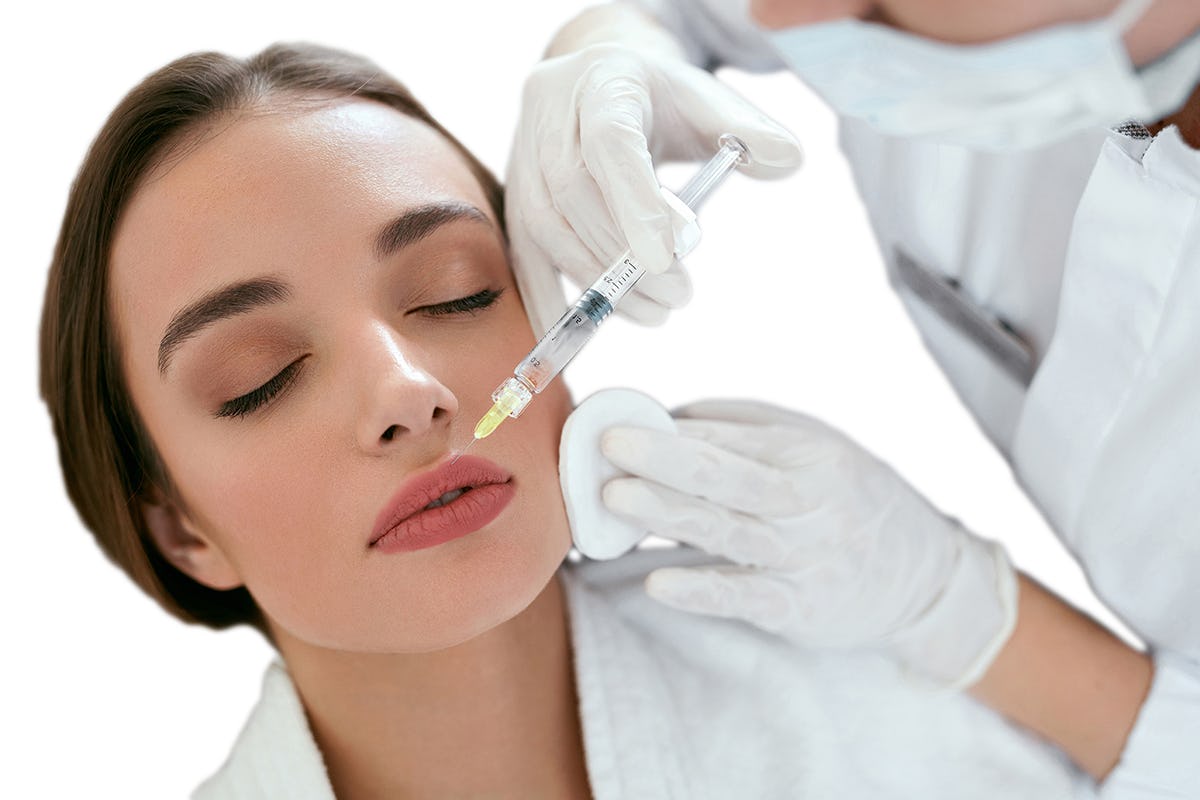
October 3, 2020
Facial Harmonization
Facial harmonization is a set of non-invasive treatments aimed at restoring the health of the skin and muscles of the face.
As a result, the face is more symmetrical, the skin looks younger, the smile is more pleasant and the look is fresher. In addition to these visible benefits, we are able to correct muscle function and imbalances (which cause muscle and joint pain), spasms and malfunctions such as bruxism.
Among the various techniques and methods, the most effective and safest are those that use injectable substances such as botulinum toxin and hyaluronic acid. These are applied after meticulous and personalized assessment and planning.
Filling with Hyaluronic Acid (“Fillers”)
What is hyaluronic acid and what is its use in facial harmonization procedures?
Hyaluronic acid is a substance naturally present in the human body, responsible for structuring and hydrating the skin (and other tissues) and whose production decreases with advancing age. This is one of the main causes of the loss of skin elasticity and luminosity. As a consequence, wrinkles appear and the face looks more tired.
The injection of synthetic hyaluronic acid aims to counter and prevent this effect. The filling of wrinkles with this product smoothes the expression lines and moisturizes the skin, making it more flexible and radiant. With its application on the lips we can draw its contour and return its lost volume.
How is the procedure performed?
After evaluation and planning, a local anesthetic is administered. Then the filling is done with fine needles and finally the region is massaged for better distribution of the drug. As hyaluronic acid captures water, it is advisable to hydrate the skin after this procedure to maximize results.
It can be applied to any adult person, either as a prevention at 30-35 years old or at older ages, to smooth the aging signs and tone the skin.
What is the durability of the treatment?
Depending on the quality of the skin and the region applied, the result can last between 3 to 6 months.
What are the risks and adverse effects?
Complications are rare and most of the time only temporary. The main drawbacks of the treatment are hyper-sensitivity, redness and / or swelling of the treated area for one or two days. In some cases, bruising or necrosis may appear.
Contraindications:
Although there are no clinical studies regarding use on pregnant or breastfeeding women, people with autoimmune diseases or patients on anticoagulant therapies, its use is contraindicated on these patients.
Application of Botulinum Toxin (Botox ®):
What is botulinum toxin and what is its use in facial harmonization treatments?
Obtained from the fermentation of the bacterium Clostridium Botulinum, the botulinum toxin (Botox ® in its commercial name) is a very potent toxin that causes muscle relaxation by blocking the transmission of stimuli between neurons and muscles. It also blocks the nervous impulse to the sweat glands, reducing sweating.
Its main indication in dental medicine is the treatment of patients with muscle hyperactivities and para-functions and their consequences (bruxism, headaches of muscular origin, facial and smile asymmetries). In addition to these benefits, by decreasing the activity of the facial muscles, the skin becomes smoother, wrinkles appear later and the face looks smoother and more rested.
How is the procedure performed?
After evaluation and planning the application is carried out with very fine needles and the product is deposited directly on the target muscle. The results start to be evident after three days and the maximum effect is reached around the 14th day. Depending on the activity of the muscle, the effect can last between 3 to 6 months, after which the toxin can be applied again.
What are the risks and adverse effects?
Allergic reactions are rare. The most common adverse effects are edema and hematoma that disappear in 3 to 10 days. In the treatment of bruxism, blockage of the parotid gland can occur alongside a decrease in salivation, an effect that can last as long as the toxin is processed by the body.
Contraindications:
Although there are no clinical studies regarding use on pregnant or breastfeeding women, people with autoimmune diseases or patients on anticoagulant therapies, its use is contraindicated on these patients.
